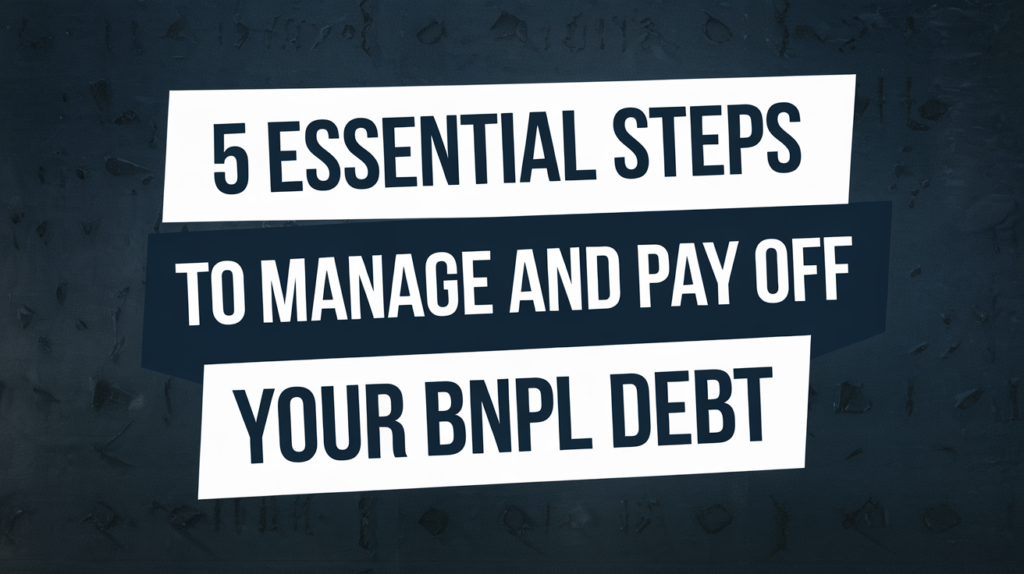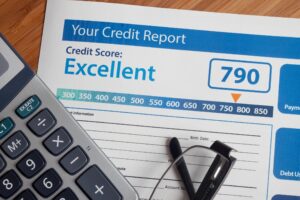Understanding and Preventing Card Skimming: A Comprehensive Guide
Card skimming is a prevalent issue that affects many individuals, leading to significant financial losses and stress. At O1ne Mortgage, we believe in empowering our clients with knowledge to protect their financial well-being. In this blog, we will delve into the intricacies of card skimming, how it works, ways to avoid it, and what steps to take if you fall victim to this crime. For any mortgage service needs, feel free to call us at 213-732-3074.
How Does Card Skimming Work?
Card skimming involves the use of a physical device installed on a merchant’s card reader to steal your card’s information. These devices can be found at gas station pumps, ATMs, and point-of-sale (POS) terminals. They can steal information from various types of cards, including benefits, EBT, debit, and credit cards. The stolen card details can then be sold or used to create counterfeit cards for fraudulent purchases or withdrawals.
The methods used for card skimming have evolved over time. As ATM and POS operators develop new ways to detect or block skimmers, criminals respond with new techniques and devices. For instance, many cards now have an EMV chip that requires insertion rather than swiping the magnetic strip. However, criminals have developed “shimming” devices that can copy some information from the card’s chip.
Regardless of the device’s name, the basic premise remains the same:
- A skimming device steals your card’s information. These devices can be placed on top of a card reader or inserted inside the card reader slot. They are often small and well-hidden, making it easy to swipe or insert your card without realizing they are there. The device then steals information such as your name, card number, and expiration date.
- A camera or keypad overlay steals your PIN. A hidden camera is installed near the keyboard, or a thin overlay is placed on top of the keypad to record the PIN or ZIP code you enter.
Once installed, a skimming device can remain hidden and steal information for an extended period. A FICO report from 2022 found that skimming devices stole information from an average of 185 cards, with most devices going unnoticed for more than a week. Criminals may periodically return to retrieve the stolen information, sometimes using a wireless connection. They can then sell card numbers online or use them to create counterfeit cards for cash withdrawals or fraudulent purchases.
How to Avoid Card Skimming
While it’s challenging to detect all skimming devices, there are steps you can take to protect yourself:
- Use the safest payment method available: Tapping your digital wallet or a contactless card is safer than inserting or swiping your card. If that’s not an option, inserting the card’s chip is safer than swiping.
- Cover the pad when typing in your PIN: Although not foolproof, covering your hand when entering your PIN or ZIP code can prevent cameras from recording what you type.
- Compare nearby card readers: If you’re at a convenience store with multiple card readers, quickly check if the number pads look the same. Minor differences, such as odd colors or small holes, could indicate a skimming device.
- Manipulate the edge of the device: Try pulling on the card reader or keypad to see if a skimming device moves or comes off.
- Check the security seals at gas pumps: Some gas stations use special security seal tape on their pumps. Avoid using your card if the tape is broken or says “void.”
In general, using a credit card might be safer than a debit card. Although most credit and debit cards offer zero liability protections if your card’s information is stolen, your credit card isn’t directly tied to your bank account. This means you won’t have to deal with the hassle of getting your money back if thieves drain your bank account.
Consider adding alerts to your credit and debit cards, such as email, text, or app notifications for new transactions. These alerts can help you act quickly if someone uses your card’s information for fraudulent purchases.
What to Do if You’re a Victim of Card Skimming
If you notice any unusual transactions on your credit card, bank account, or EBT account, contact the financial institution or your state’s benefits agency immediately. Dispute the transactions and inform them that your card’s information was stolen. In most cases, you won’t be responsible for unauthorized transactions if you report the compromised account right away. You might also be able to get stolen food and cash aid benefits refunded.
The card issuer will close your card and send you a new one. If you were using the card for automatic payments, update your card’s information with those companies to avoid missing a bill.
Monitor Your Credit for Free
Card skimmers don’t collect enough information for criminals to steal your identity, but monitoring your credit for unexpected inquiries or accounts is still important. These could indicate that someone is using your identity to open fraudulent accounts, and you’ll want to shut these down immediately.
Experian’s free credit monitoring service provides real-time alerts for key changes in your credit report, along with a free credit score tracker. You have the right to submit disputes to the credit bureaus if you spot any inaccuracies or potential fraud in your credit report.
At O1ne Mortgage, we prioritize your financial security. For any mortgage service needs, call us at 213-732-3074. Stay vigilant and protect your financial information from card skimming threats.







